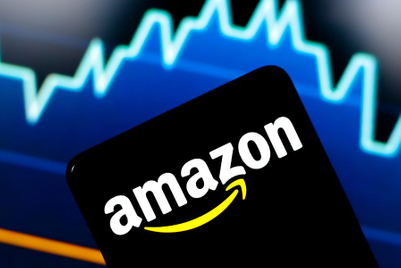
I happened to chance upon an article some time ago, showing people looking rather incredulous as they sported varying types of wearable technology. It is posts like these that show how close we are to living in the future that we envisioned decades ago.
Wearable technology – to a large extent – is leading us there.
Forecasts of the popularity and adoption of wearables are looking positive, too. According to Deloitte, 10-million units of wearables will be sold in 2014, including four-million smart glasses, four-million fitness bands and two-million smart watches. IDC, however, predicts nearly double that number of shipment volumes for wearables worldwide. At 19-million, this is more than three times the sales in 2013. In the long term, the firm expects a compound annual growth rate of nearly 78.4-percent, with sales jumping to 112-million units by 2018.
Today’s universe of wearables includes smart glasses, smart watches, smart bands (fitness bands) and even smart clothing, all claiming to help monitor fitness, enhance productivity and add value to our lives. Lenovo’s C1, smart glasses that closely resemble the Google Glass, the LG G Watch, a smart watch that provides quick-access to one’s phone, and the Jawbone Up, a smart band that monitors one’s physical activity and data – wearables in all shapes and forms are entering the market and vying for a space in our lives.
So, whether it is 10 million or 19 million in 2014, the fact is that wearable technology is a ‘game changer’. Manufacturers and marketers – old and new – have woken-up to a new opportunity to cash-in with these devices.
The potential is so high that media agencies like Mindshare have already started paying special attention to the segment, with the establishment of a new business unit, Life+, to explore the opportunities offered by wearable technology. Life+ is said to be experimenting with fitness trackers, smart-watches, and augmented reality devices, such as Google Glass.
However, with the increasing interest in wearables, some industry players have begun to ask if the category will overtake mobile in the context of marketing; whether mobile will soon become a thing of the past.
The answer, in my opinion, is a resounding ‘no’.
Wearable technology is not a replacement to mobile, in fact it may well be the wife mobile never knew it had.
Perhaps the most pronounced example in present times, is the to-be-released Apple Watch, set to launch in early 2015.
The Apple Watch most certainly takes ‘wearables’ to the next level – with its increased capabilities, a stronger processor and sleek design, the Apple Watch is most certainly, a present-day marketers dream.
However, like with all other wearables, the Apple Watch too, ultimately delegates some of the processing tasks to the iPhone in a bid to stretch its battery life and also relies on a dedicated app on the phone to install apps on the watch itself.
So why does wearable technology provide a great marketing opportunity, one may ask?
In my opinion, wearable technology is a powerful tool for data collection, information processing, and content transmission – acting as the gateway to richer and more insightful content.
Consider the disposable wristbands that identify concert goers and theme park visitors, for example. Intelligent iterations like Disney’s MagicBands allow charges to be made to an associated hotel, act as hotel keys, and enable access to purchased entertainment. With today’s technology, smart bands can also track movement over a space, store prepaid monetary value, and perhaps even offer targeted suggestions on what to do and where to go next.
A wearable with a screen can even be positioned as a ‘third screen’ to the classic ‘second screen’ which is mobile. Smart glasses and smart watches could act as the link to quick, easy-to-digest content displayed on a tablet or a smartphone. Startup TapSense has a mobile ad exchange that will support ads on iOS or Android apps for Pebble watch owners, but we could take the concept further – tapping brand logos on your smartwatch could determine what marketing content is displayed on a paired tablet, make location-based suggestions on restaurants or retail, and perhaps even deliver relevant audio advertising to paired headphones.
Where the wearable does not have a screen, as with smart clothing or perhaps even smart shoe soles, specific behaviours or activities could trigger appropriate marketing content on paired mobile devices that have larger screens.
Integration of social media into wearables may strengthen its potential as a marketing medium. Social media addresses our need to share and communicate, transforming the way we use mobile devices and expanding the possibilities for mobile marketing. It is likely that social apps for wearables can do the same. Razer’s Nabu wearable, which can be tapped against another Nabu in order to exchange the wearers’ contact details, has already piqued the public’s interest – 250,000 signed up for 500 slots in a beta programme.
Wearables are here, not to replace, but to enhance the experience and capabilities of traditional mobile devices. A ‘Wearable Strategy’ can strengthen existing mobile marketing for more effective campaigns.
Start thinking about how you can incorporate them into your mobile marketing today.


.jpg&h=334&w=500&q=100&v=20250320&c=1)

.jpg&h=334&w=500&q=100&v=20250320&c=1)

.jpg&h=334&w=500&q=100&v=20250320&c=1)







.jpg&h=268&w=401&q=100&v=20250320&c=1)



.jpg&h=268&w=401&q=100&v=20250320&c=1)
